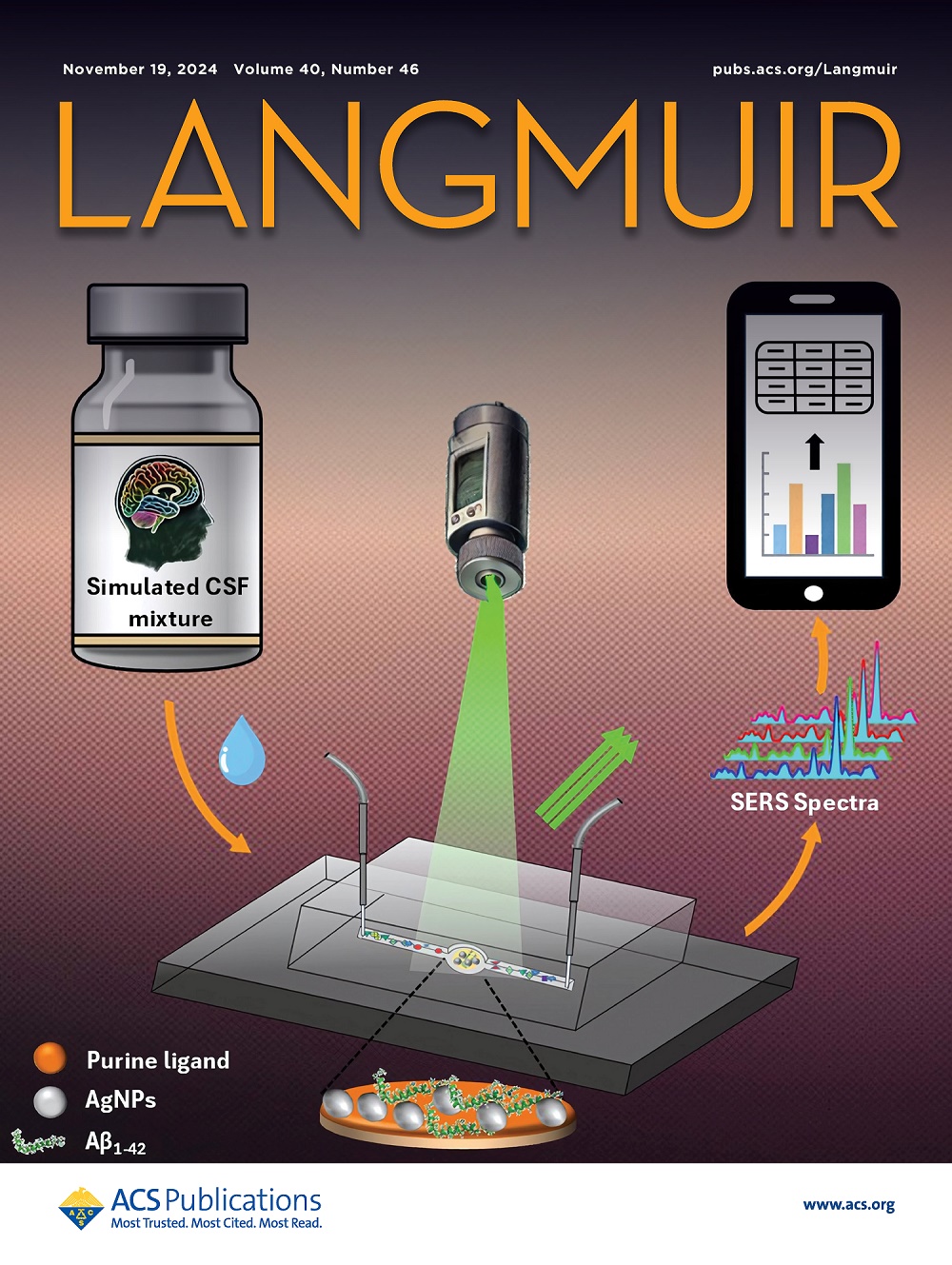Photothermal Superhydrophobic Zinc Oxide Cotton Fabric Based on an Impregnation Method
IF 3.7
2区 化学
Q2 CHEMISTRY, MULTIDISCIPLINARY
引用次数: 0
Abstract
Superhydrophobic materials have applications such as oil–water separation, antifouling, and antibacterial properties. At present, most of the manufacturing process of superhydrophobic coatings not only is costly but also causes pollution to the environment, which is not in line with the concept of green and sustainable development. In this work, we have prepared a superhydrophobic coating using green and environmentally friendly chitosan, nanozinc oxide, γ-aminopropyl triethoxysilane (KH550), and stearic acid. The prepared cotton fabric showed remarkable superhydrophobic properties. Under simulated sunlight, the surface temperature of the superhydrophobic cotton fabric can increase to 50 °C. The superhydrophobic surface sustained its superhydrophobic property after at least 80 tape peeling tests, 50 occurrences of sandpaper friction, 3.5 h of washing, and 24 h of high-temperature heat treatment. Besides, the coating can be utilized for oil–water separation and is reusable. The oil–water separation effectiveness of the coating reaches more than 95%. Therefore, this inexpensive and ecofriendly nanozinc oxide/chitosan-based superhydrophobic coating has remarkable application potential.

求助全文
约1分钟内获得全文
求助全文
来源期刊

Langmuir
化学-材料科学:综合
CiteScore
6.50
自引率
10.30%
发文量
1464
审稿时长
2.1 months
期刊介绍:
Langmuir is an interdisciplinary journal publishing articles in the following subject categories:
Colloids: surfactants and self-assembly, dispersions, emulsions, foams
Interfaces: adsorption, reactions, films, forces
Biological Interfaces: biocolloids, biomolecular and biomimetic materials
Materials: nano- and mesostructured materials, polymers, gels, liquid crystals
Electrochemistry: interfacial charge transfer, charge transport, electrocatalysis, electrokinetic phenomena, bioelectrochemistry
Devices and Applications: sensors, fluidics, patterning, catalysis, photonic crystals
However, when high-impact, original work is submitted that does not fit within the above categories, decisions to accept or decline such papers will be based on one criteria: What Would Irving Do?
Langmuir ranks #2 in citations out of 136 journals in the category of Physical Chemistry with 113,157 total citations. The journal received an Impact Factor of 4.384*.
This journal is also indexed in the categories of Materials Science (ranked #1) and Multidisciplinary Chemistry (ranked #5).
 求助内容:
求助内容: 应助结果提醒方式:
应助结果提醒方式:


